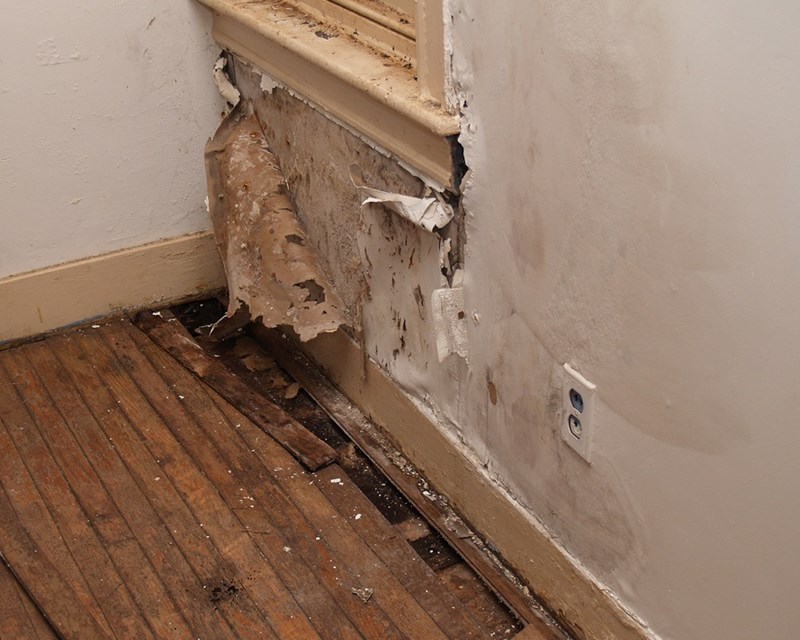What're your insights and beliefs on How to Prevent Bathroom Water Damage?

The washroom is extremely prone for wet build-up and also potential water damages as a result of the frequent use of water in it. This write-up provides straightforward inspection methods to aid identifying water damages hazards.
The regular use water in the bathroom makes it incredibly at risk for wet accumulation as well as possible water damage. By examining it consistently, you can reduce water associated problems.
The adhering to set of evaluations is very easy to do and also should be done when in every 3 months in order to maintain your bathroom in good shape as well as to stop possible water damages triggered by the bathtub, the shower, pipeline joints as well as plumbing, sinks, closets, as well as the toilet
Do not forget performing these evaluations and also be thorough while performing them. Keep in mind that these simple examinations can save you a great deal of cash by giving very early indicators for water damage
Bath tub and Shower
The shower and also tub need special interest and also upkeep. Inspect the ceramic tiles and also replace if fractured. See to it that there is no missing out on cement between the ceramic tiles. Inspect and also replace broken caulking at joints where the walls meet the floor or the bath tub. Blocked drains pipes as well as pipelines issues will certainly prevent the bath tub from drying as well as may suggest significant problems under the tub. Talk to a specialist promptly to prevent architectural damage. Pay attention to discolorations or soft areas around the bathtub wall surfaces as they might show an interior leak.
Plumbing
Signs for water damages are hard to detect since most pipelines are set up inside the walls.
Pay unique attention to floor covering and also walls moisture and also spots as they may show an undetectable plumbing issue. Check wetness degrees in adjacent rooms as well.
Sinks and also Cabinets
Sinks as well as cupboards are revealed to dampness as well as humidity everyday as well as are frequently ignored. Examine regularly under the sink as well as on the countertop above it. Fix any type of drip in the trap as it might suggest drainpipe problems. Check out the sink, slow draining pipelines may show a blocked drainpipe. Replace sink seals if they are split or loose.
The Bathroom
The toilet is a prone water junction. Inspect the water lines and search for leaks around the commode seat, in the hose pipe, and also under the water tank. If you identify any indicators of moisture on the floor around the commode, check for leakages in the toilet rim as well as container seals.
Be aware that hanging bathroom dish deodorants raises the chances for clogs.
How to Prevent Water Damage in Your Bathroom?
Water damage repair is an expensive, meticulous, and lengthy process. Unfortunately, bathrooms are the most susceptible rooms to water damage due to toilets, showers, and sinks. Pipes and fixtures wear out over time and are not immune to damage. But all is not lost, as there are ways to prevent water damage from occurring in your bathroom.
Check Your Plumbing
Nothing lasts forever, especially pipes, which can rust and begin leaking over time. You should periodically conduct pipe inspections and pay attention for any musty smells or water stains that may indicate you need water damage repair. Here are some things to check:
Frequently test valves for your toilet, shower, and sink to ensure they are properly working. Check faucet supply lines hidden under vanities and replace when needed. Replace cracked or deteriorating caulking along sinks, tubs, and showers. If you notice a clog in your sink, call in a professional. Since you can’t check the pipes in the wall, keep an eye out for stains, drywall bubbling, musty smells, and excess moisture; if the bathroom is on a second level, check the ceiling of the room directly below for these signs. Don’t Overwork Your Toilet
One of the most common reasons bathrooms need water damage repair is due to overflowing toilets. Save yourself the hassle of cleanup by being mindful and not pushing your toilet to extreme limits. If you have young children, it is especially important to keep an eye on them when they are in the bathroom and to teach them how to avoid clogging the toilet. Here are some more tips to help prevent your toilet from overflowing:
If you have a septic tank, only use septic-safe toilet paper Do not flush anything down the toilet besides toilet paper; items like diapers and sanitary napkins will clog the piping Pay attention to your toilet’s water level: If it’s low, it could mean it is partially clogged or that there is a crack in the toilet bowl Maintain Your Shower/Tub
Replace showers or tubs with cracks or other damage; even hairline cracks can allow water to seep in and cause damage. Grout and caulk help prevent water from seeping into walls and floors, so repair them if they are chipped, cracked, or deteriorating. Replace torn shower curtains or shower doors with seals that no longer work. Dry the floor and drain water from the tub immediately after use to prevent damage from sitting water. https://www.alure.com/home-improvements-blog/resources/how-to-prevent-water-damage-in-your-bathroom

I recently found that entry on Looking for Signs of Water Damage in the Bathroom while perusing the web. Enjoyed reading our post? Please share it. Help others check it out. Thank you so much for your time spent reading it.
Estimate